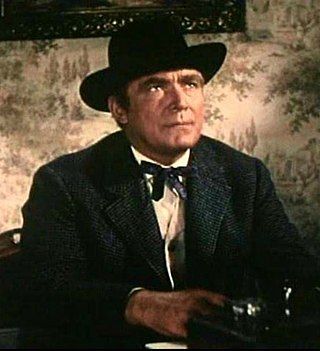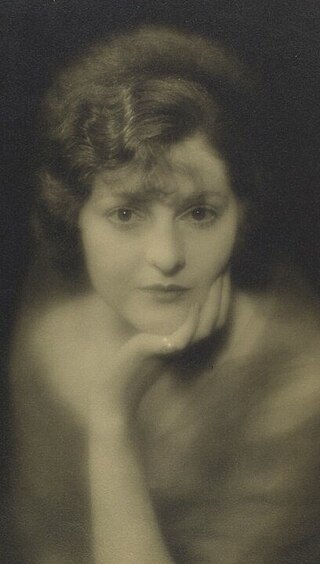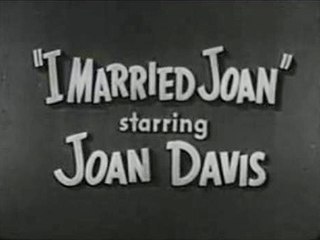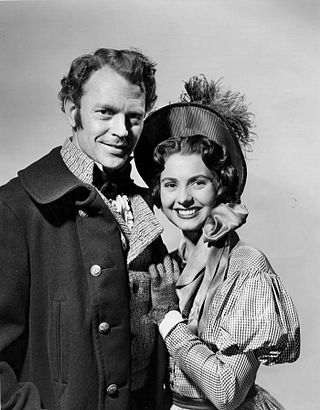
Josephine Owaissa Cottle, known professionally as Gale Storm, was an American actress and singer. After a film career from 1940 to 1952, she starred in two popular television programs of the 1950s, My Little Margie and The Gale Storm Show. Six of her songs were top ten hits. Storm's greatest recording success was a cover version of "I Hear You Knockin'," which hit No. 2 on the Billboard Hot 100 chart in 1955.
The year 1963 involved some significant events in television. Below are lists of notable TV-related events.
The year 1962 involved some significant events in television. Below is a list of notable events of that year.
The following television-related events took place during 1961.
The year 1960 in television involved some significant events. Below is a list of television-related events during 1960.
The year 1957 in television involved some significant events. Below is a list of television-related events during 1957.
The year 1956 in television involved some significant events. Below is a list of television-related events during 1956.
The year 1955 in television involved some significant events. Below is a list of television-related events during 1955.
The year 1954 in television involved some significant events. Below is a list of television-related events in 1954.
The year 1953 in television involved some significant events. Below is a list of television-related events during 1953.
The year 1952 in television involved some significant events. Below is a list of television-related events during 1952.

Roy Roberts was an American character actor. Over his more than 40-year career, he appeared in more than nine hundred productions on stage and screen.

Eleanor Audley was an American actress with a distinctive voice and a diverse body of work. She played Oliver Douglas's mom, Eunice Douglas, on the CBS sitcom Green Acres (1965–1969), and provided two Disney animated classics with the voices of the two iconic villainesses: Lady Tremaine, Cinderella's evil stepmother in Cinderella (1950), and Maleficent, the wicked fairy in Sleeping Beauty (1959). She had roles in live-action films, but was most active in radio programs such as My Favorite Husband as Liz Cooper's mother-in-law, Mrs. Cooper, and Father Knows Best as the Anderson family's neighbor, Mrs. Smith. Audley's television appearances include those in I Love Lucy, The Dick Van Dyke Show, Mister Ed, Hazel, The Beverly Hillbillies, Pistols 'n' Petticoats, and My Three Sons.

I Married Joan is an American sitcom that aired on NBC from 1952 to 1955. It stars actress Joan Davis as the manic, scatterbrained wife of a mild-mannered community judge.

My Favorite Husband is the name of an American radio program and network television show. The original radio show, starring Lucille Ball, evolved into the groundbreaking television sitcom I Love Lucy. The series was based on the novels Mr. and Mrs. Cugat, the Record of a Happy Marriage (1940) and Outside Eden (1945) written by Isabel Scott Rorick, the earlier of which had previously been adapted into the Paramount Pictures feature film Are Husbands Necessary? (1942), co-starring Ray Milland and Betty Field.

William Henry Wright was an American actor. He was frequently cast in Westerns and as a curmudgeonly and argumentative old man. Over the course of his career, Wright appeared in more than 200 film and television roles.
The following is the 1952–53 network television schedule for the four major English language commercial broadcast networks in the United States. The schedule covers primetime hours from September 1952 through March 1953. The schedule is followed by a list per network of returning series, new series, and series cancelled after the 1951–52 season.

Schlitz Playhouse of Stars is an anthology series that was telecast from 1951 until 1959 on CBS. Offering both comedies and drama, the series was sponsored by the Joseph Schlitz Brewing Company. The title was shortened to Schlitz Playhouse beginning with the fall 1957 season.

Ford Theatre, spelled Ford Theater for the original radio version and known, in full, as The Ford Television Theatre for the TV version, is a radio and television anthology series broadcast in the United States in the 1940s and 1950s. At various times the television series appeared on all three major television networks, while the radio version was broadcast on two separate networks and on two separate coasts. Ford Theatre was named for its sponsor, the Ford Motor Company, which had an earlier success with its concert music series, The Ford Sunday Evening Hour (1934–42).









